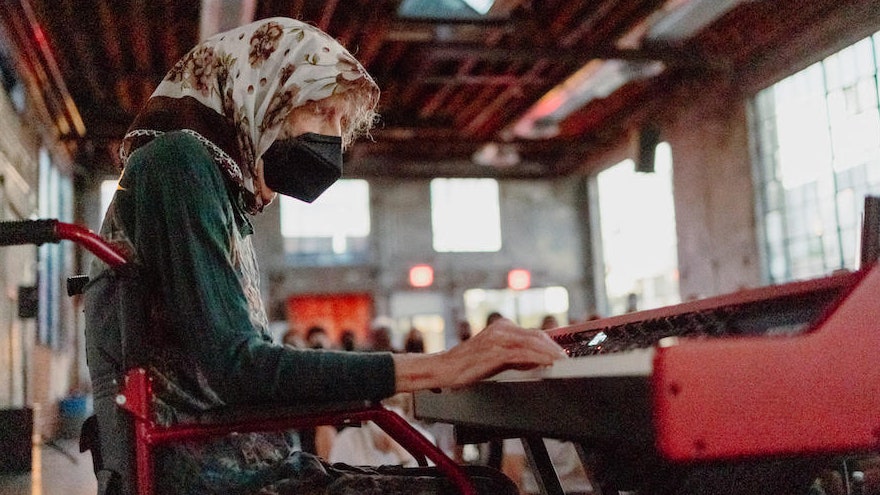
Although Flynt played “The Electric Harpsichord” at tape concerts through the ‘70s and ‘80s, the bracing feat didn’t become available on tape until 2010. Hennix herself did not favor the physical format, and told Tone Glow in 2020 that it is “not an appropriate medium for my music.” The release was part of a mid-2000s resurgence that led to renewed activity from Hennix, whose 2018 solo museum exhibition Traversée du Fantasme marked her first in over 40 years. The same year, Blank Forms and Empty Editions released a new collection of Hennix’s early experiments on Fender Rhodes, synthesizers, and magnetic tape, titled Selected Early Keyboard Works. Although best known for her solo music, Hennix didn’t only work alone: she regularly collaborated with Flynt, established the trio the Deontic Miracle, and led the ensemble the Chora(s)san Time-Court Mirage.
Religious tradition played a large role in Hennix’s art, and in the ‘70s she became a disciple of the Hindustani musician and guru Pandit Pran Nath. Working with Indian ragas, which she called her “first intuitive acquaintance with infinity,” Hennix was immediately drawn to the base tambura drone. Nath also introduced Hennix to Sufism, which became a lifelong practice. After formally converting to Islam in her later years, Hennix moved to Istanbul, Turkey, where she could more regularly hear the call to prayer, in 2019.
As Hennix put it in a 2001 interview with author Marcus Boon, the main ideas Nath imparted on her were the following: “music is a prayer, and music is your soul, and that it’s something that you devote your whole life to.”
“You can’t just do anything and also be a student of his music. You have to adjust so many things in order to be a meaningful student,” Hennix continued. “All these adjustments meant that basically you went outside of society. So that’s basically what we did. And society thought we’d said bye-bye to the whole thing. They didn’t understand what we were trying to achieve.”
Blank Forms’ Lawrence Kumpf offered this statement: “Hennix was an uncompromising artist whose striving for perfection was often at odds with the material conditions of our society. While she produced a vast body of work she never deviated from her singular vision often at the expense of material comforts. The concerts she gave in the last years of her life were some of the most profound musical experiences that I’ve ever had and the culmination of her life’s work. I think we are only at the very beginning of understanding the vast contributions she’s made to music, mathematics, philosophy, and art.”


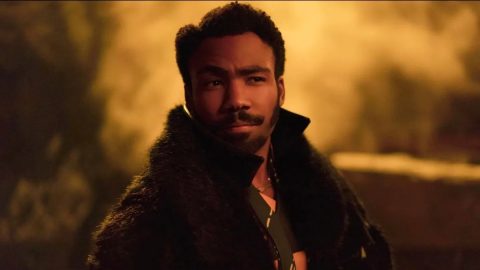
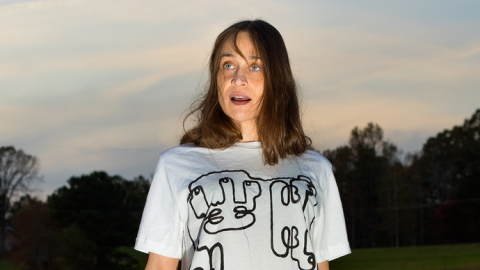
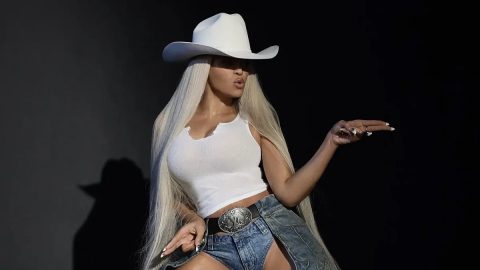
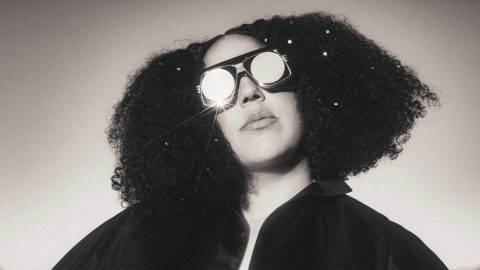


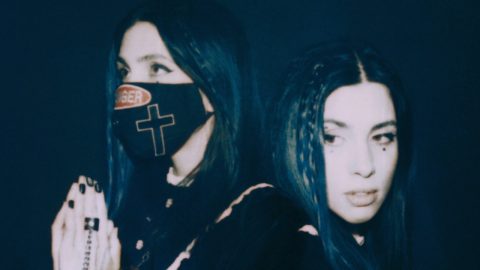
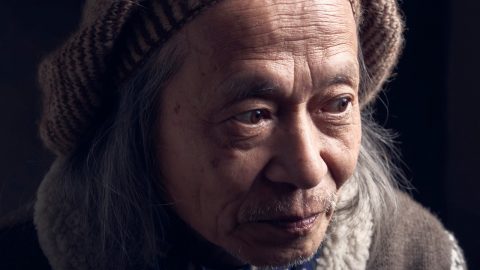
Recent Comments